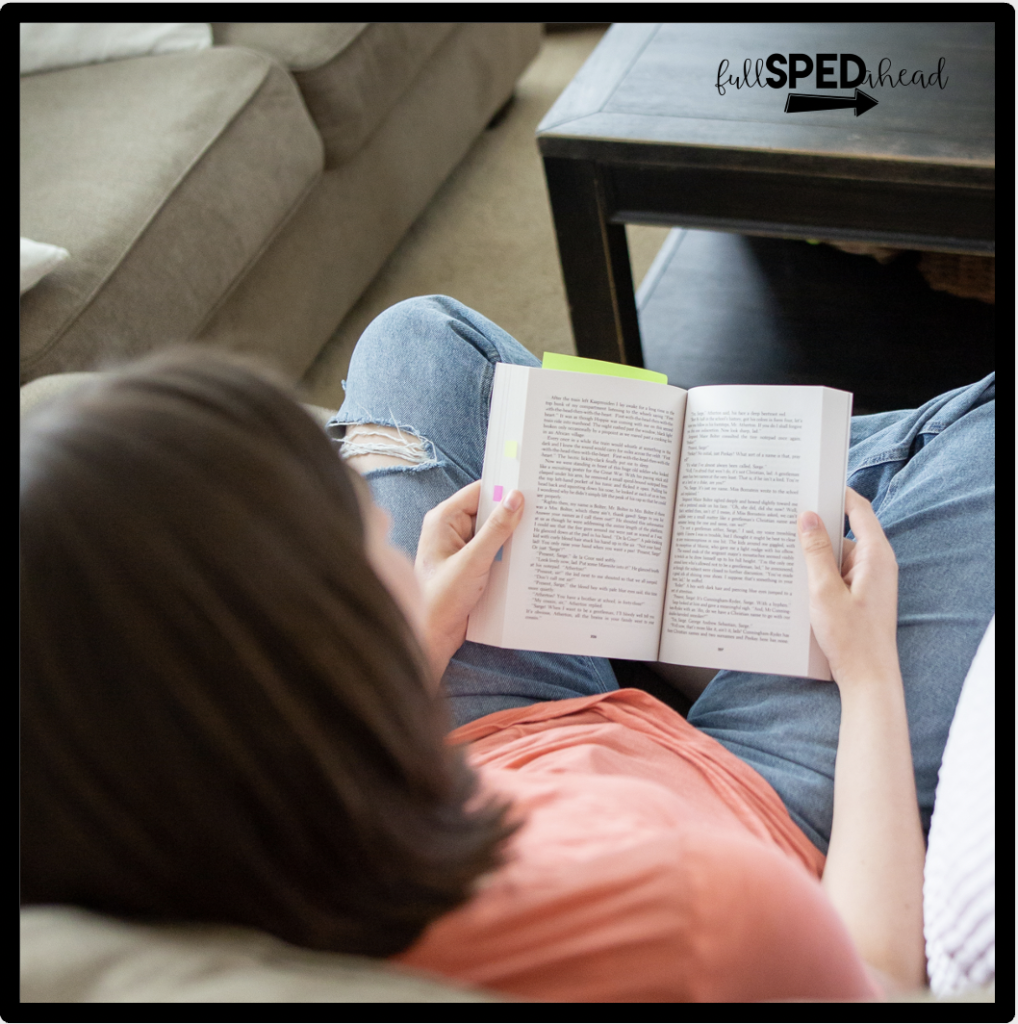I am excited to introduce this week’s guest blogger, Meredith from Meredith Mitchells Methods. She is a Master IEP Coach® and Special Educator. She also has experience with students with dyslexia diagnoses.

A staggering 20% percent of Americans have dyslexia that is 14.5 to 43.5 million. Dyslexia is a learning disability that makes it difficult to read, write, and spell. No matter how hard the person tries or intelligent he or she is. This makes it difficult to comprehend while reading and this can impede vocabulary growth.

People sometimes assume that people cannot read if they have dyslexia. While dyslexia is a lifelong learning disability. Early and effective intervention can help a student rewire their brain. Individuals with dyslexia can become good readers with the appropriate intervention.
There is a common misunderstanding that Dyslexia is only when you write words or letters backwards. This is not true. Dyslexia is a persistent condition rather than a developmental delay.
Studies have shown that it is a genetic trait. Parents sometimes will say I struggled in reading. So, they just think it is common that their child is as well. It is important to read to your child every day. Children with dyslexia can have good and bad days. It is important to build up their self-esteem. Providing your child with extra practice and giving them encouragement is greatly beneficial.

How do you help students with dyslexia in the classroom? It is important to give students step by step directions. Sometimes repeating the directions and having visual cues can help students have a better understanding. Teachers can use graphics organizers or highlight essential information. You can also use assistive technology like text to speech to help students when having to read text. Every classroom teacher can positively change the life of a student with dyslexia by taking the time to understand what it is. Therefore, educators can also provide accommodations for accessing information in learning through alternate formats.
Finally, a structured literacy program is needed for students with Dyslexia. Proven to be highly effective for dyslexic children, structured literacy can take the form of various techniques to help children learn best. Phonological awareness, phonics, vocabulary, spelling, and reading comprehension activities are just some of the focuses of effective reading remediation strategies.
What are you looking for?
COPYRIGHT © 2025 Full SPED Ahead